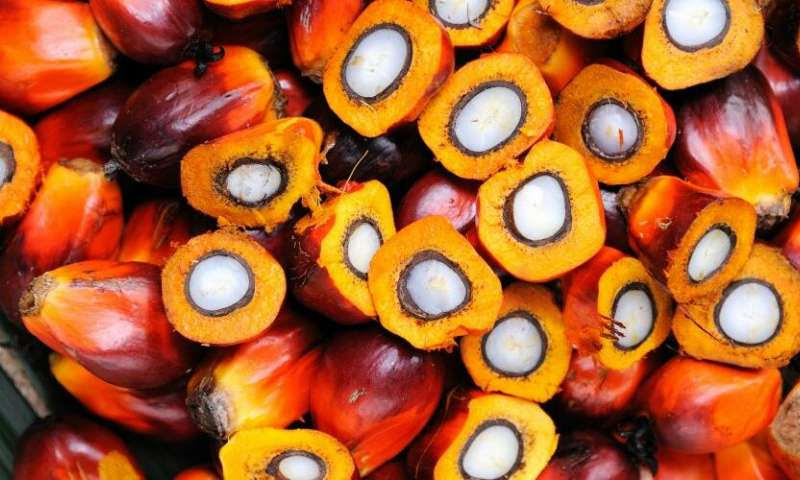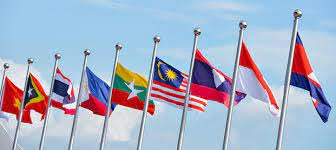
By Zuraida Kamaruddin
As the world's largest producer of palm oil, Indonesia imposed this ban to lower commodity prices and further address its domestic supply shortages.
While Malaysia sympathises with Indonesian palm oil players who will be impacted by significant shift in the demand-supply mechanics in the country, this is nonetheless the best time for Malaysian palm oil players to enhance their innovation capability while exploring the best possible strategies to meet a spike in demand by palm oil importing countries.
India is currently the biggest consumer of Indonesian palm oil – importing around 13.0 million to 13.5 million metric tonnes of edible oils – of which palm oil makes up around 8.0 million to 8.5 million metric tonnes (63%).
Almost 45 percent of the quantity is expected to come from Indonesia while the remainder is sourced from Malaysia which is currently the world’s second biggest palm oil producer.
This has led to further tightening a market already on the edge due to Russia’s invasion of Ukraine and global warming.
The prices of palm, soybean, European rapeseed and even its Canadian GMO counterpart, canola oil, have since reached historic highs following Indonesia’s action.
Even as common sense would dictate that Malaysia will be an instant beneficiary by virtue of being the second-largest exporter of palm oil after Indonesia, scepticism persists on whether Malaysia is able to cope with various production challenges and constraints.
Daunting as it is to meet rising global demand amid labour shortage, the Ministry of Plantation Industries and Commodities (MPIC) remains optimistic that Malaysia has what it takes to fill the gap in global palm oil supply based on its market trend analytics and projection.
As palm oil prices will stay elevated supported by low inventory levels at both origins and destinations amid heightened price volatility, it is our hope that both the Malaysian upstream and downstream players seize the opportunity from Indonesia’s absence to maximise their revenue stream, hence earnings.
After all, such opportunity only presents itself for a short-term given Indonesia will certainly re-look into its ban policy once both its domestic supply and pricing structure have stabilised. After all, it goes without saying that Indonesia relies on export taxes to fund its biodiesel programme.
As market analysts expect the export ban to be lifted by the end of 2Q 2022 (around July), there is likelihood that Indonesia will flood the global market with its inventory accumulated during the ban.
Given that the industry enters into its seasonal peak output period during this time of the year – coupled with the prospect of South Korea which is one of the fastest growing palm oil markets releasing its stockpile – this could trigger a sharp price correction.
The prospect of both Russia and Ukraine releasing their rapeseed/sunflower oil stockpiles, if any, once their conflict has subsided or settled must also be looked into.
Based on these possible risks, it is only logical that both Malaysian palm oil planters and downstream industry players go all out to take advantage of the current situation rather than to let such opportunity slip away.
In so doing, MPIC wants to assure industry players that it is doing its utmost best to meet demand for migrant workforce especially from upstream players.
Recall that in September last year, the authorities approved the recruitment of 32,000 migrant workers for palm oil plantations which culminated in the entry of the foreign workforce into the plantation sector in mid-February this year.
Malaysia is now anticipating a new batch of foreign workers to arrive in May and June, hence overcoming further manpower crunch to harvest palm fruits which otherwise can cap production.
Rest assured that the process to hire foreign workers has already begun under a special quota.
On the longer term, the MPIC projects palm oil production and export to rise by 30 percent by end-2022, which comes against the backdrop of Malaysia having re-opened its international borders and as the country began transitioning to the endemic phase since April 1.
No doubt that although production was low due to shortage of foreign workers at the height of the COVID-19 pandemic in 2020, things are gradually returning to normal. With the workers coming back, production levels will rise and Malaysia is on track to meet global demand.








0 Comments
LEAVE A REPLY
Your email address will not be published